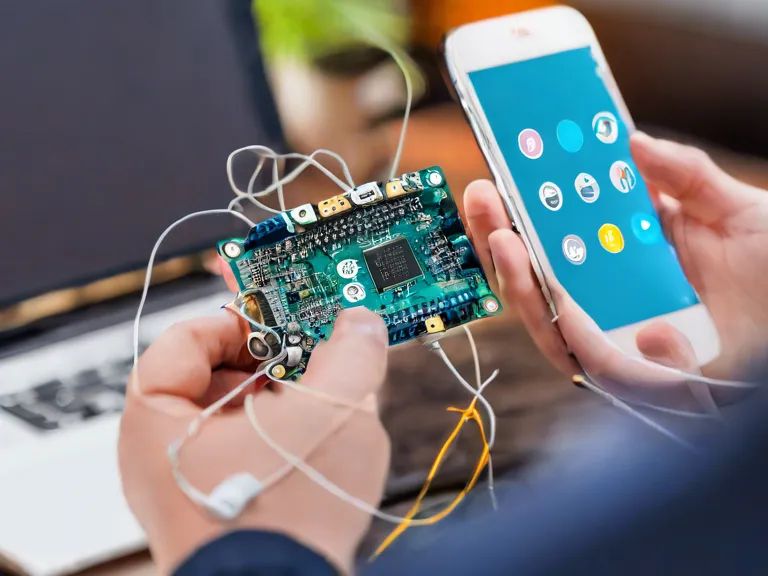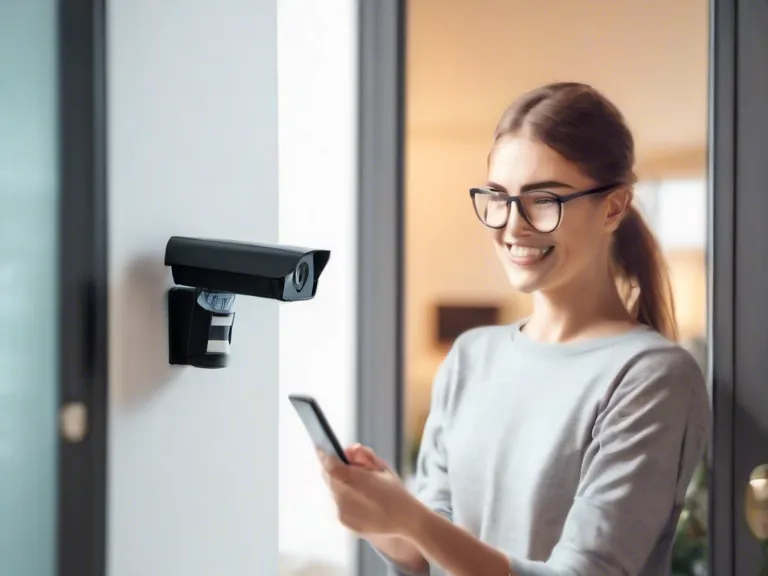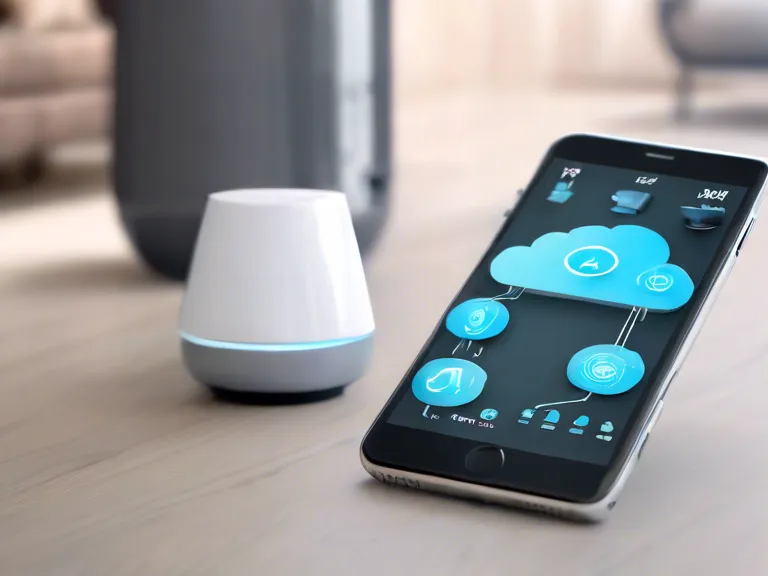
IoT, or the Internet of Things, is a rapidly growing field that involves connecting everyday devices to the internet for enhanced functionality and convenience. Creating your own connected devices may seem daunting at first, but with the right tools and knowledge, you can bring your ideas to life. In this article, we will explore how to create your own connected devices and join the world of IoT.
Getting Started
The first step in creating your own connected device is to decide on the purpose of the device. Whether it's a smart home appliance, a wearable device, or a sensor for monitoring data, having a clear idea of what you want to achieve is essential.
Choosing Components
Next, you will need to select the components for your device. Microcontrollers like Arduino and Raspberry Pi are popular choices for IoT projects due to their versatility and ease of use. You will also need sensors, actuators, and other electronic components depending on the functionality of your device.
Programming
Once you have your components, you will need to write the code that will control your device. Programming languages like C, Python, and JavaScript are commonly used for IoT projects. There are also platforms like Arduino IDE and Raspberry Pi OS that make programming for IoT more accessible.
Connectivity
The key feature of IoT devices is their ability to connect to the internet. Depending on your project, you can choose between Wi-Fi, Bluetooth, or other wireless communication protocols to enable connectivity. Secure communication is crucial to protect your device and data from unauthorized access.
Testing and Iteration
After you have built and programmed your device, it's time to test it in real-world conditions. Make sure to test all aspects of the device, including connectivity, functionality, and power consumption. Iteration is essential in IoT development, so be prepared to make adjustments based on your testing results.
By following these steps, you can create your own connected devices and explore the exciting world of IoT. Whether you are a hobbyist or a professional, the possibilities with IoT are endless.


